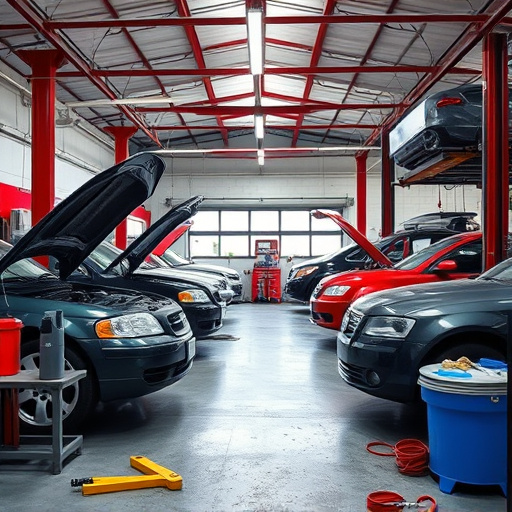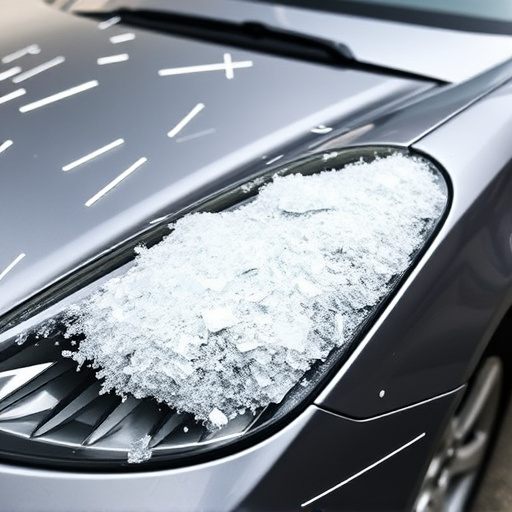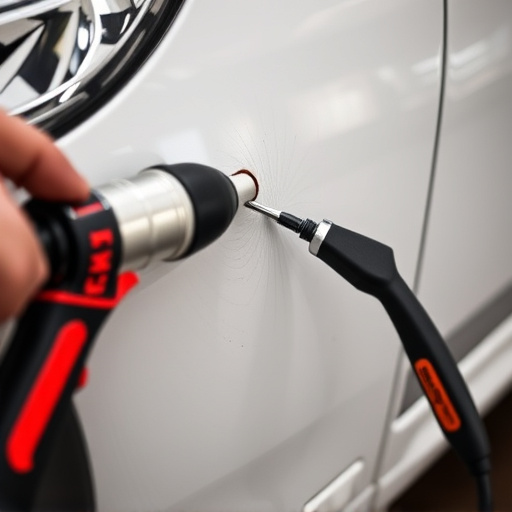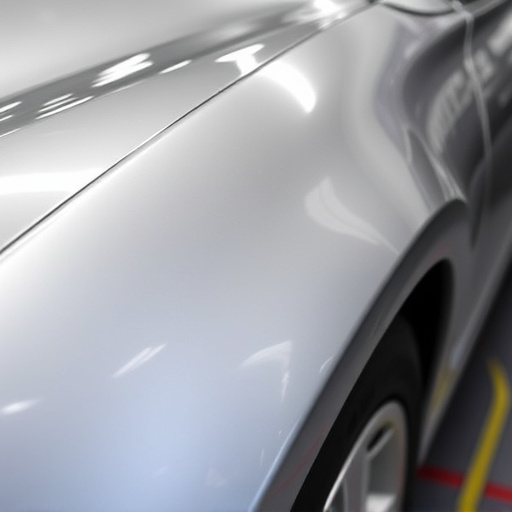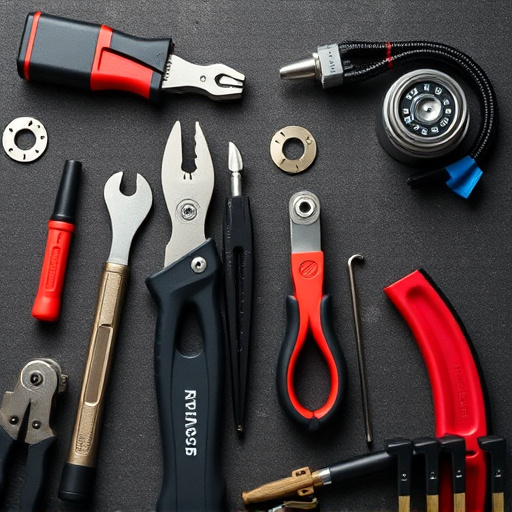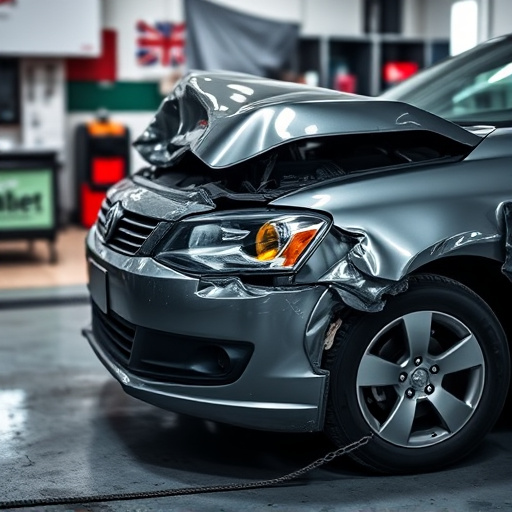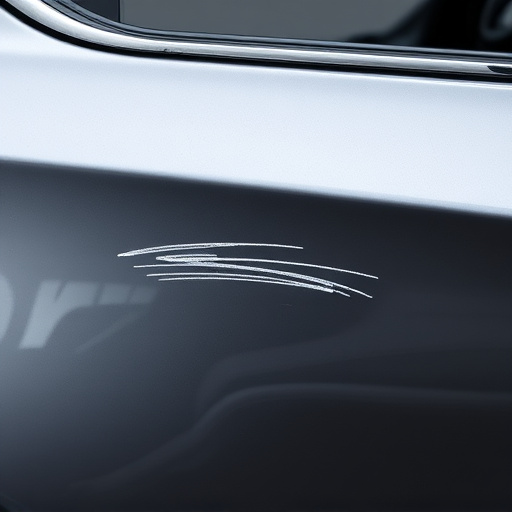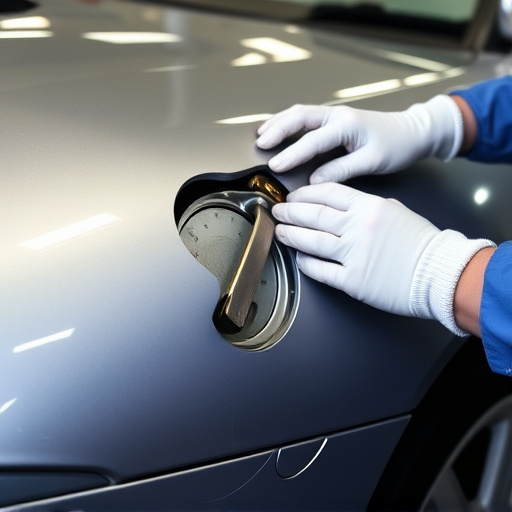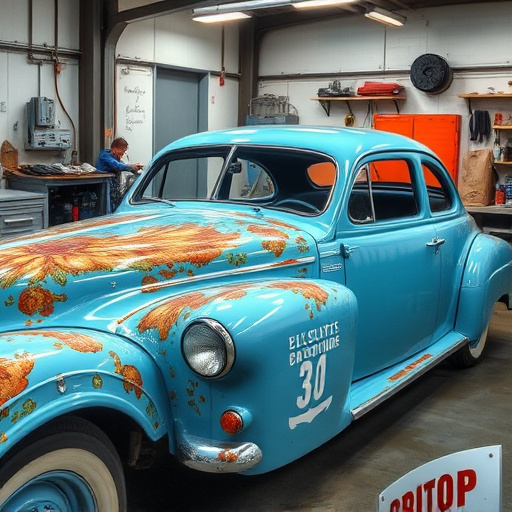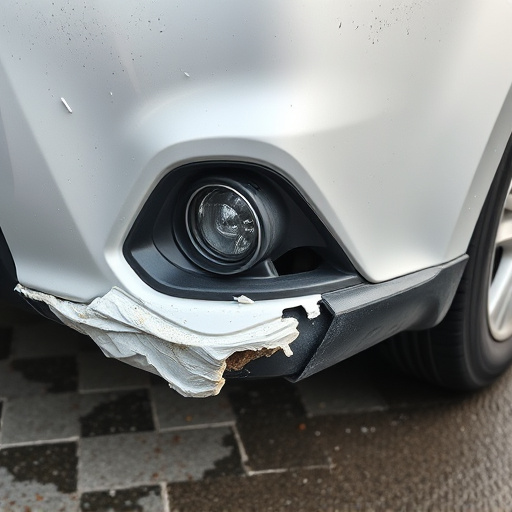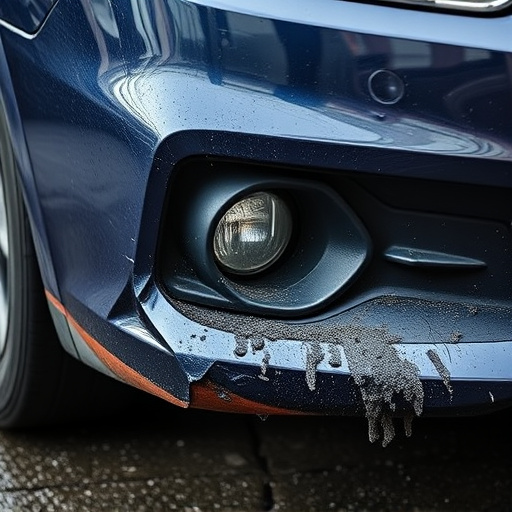Fiberglass panel repair addresses damage from minor scratches to severe impacts. Cosmetic repairs use specialized compounds and polishing; severe cases may require panel replacement and specific fastening techniques. A growing trend favors eco-friendly materials like bio-resins and plant fillers, reducing environmental impact with superior strength. On-site restoration adopting green practices minimizes hazardous materials and energy consumption, appealing to environmentally conscious customers.
In today’s eco-conscious world, prioritizing sustainability extends to even the most unexpected areas, including fiberglass panel repair. This article delves into the green side of this specialized craft, exploring effective methods for addressing common fiberglass panel damage. We’ll uncover eco-friendly materials and practices that promote sustainable on-site restoration, ensuring both the integrity of structures and the well-being of our planet.
- Understanding Fiberglass Panel Damage and Repair Methods
- Eco-Friendly Materials for Sustainable Panel Repairs
- Implementing Green Practices in On-Site Panel Restoration
Understanding Fiberglass Panel Damage and Repair Methods
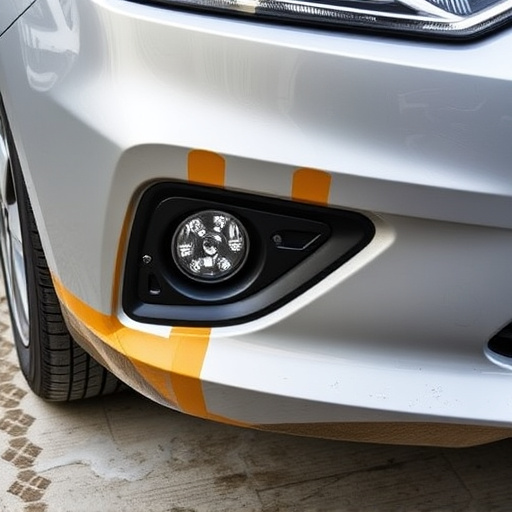
Fiberglass panels, known for their durability and lightweight properties, are commonly used in various applications like automotive bodies, boats, and even architectural structures. However, over time or due to unforeseen incidents, these panels can sustain damage, ranging from small scratches to significant impacts. Understanding the nature of fiberglass panel damage is the first step towards effective repair.
In case of minor scratches or dents, cosmetic repairs are often sufficient. This involves using specialized compounds and tools for sanding and polishing, bringing the damaged area back to its original condition. For more severe cases, such as those resulting from automotive collision repair, the process becomes more intricate. It may require removing and replacing the damaged panel, ensuring a perfect fit and structural integrity before reattaching it via mechanical fastening or bonding techniques specific to fiberglass panel repair.
Eco-Friendly Materials for Sustainable Panel Repairs
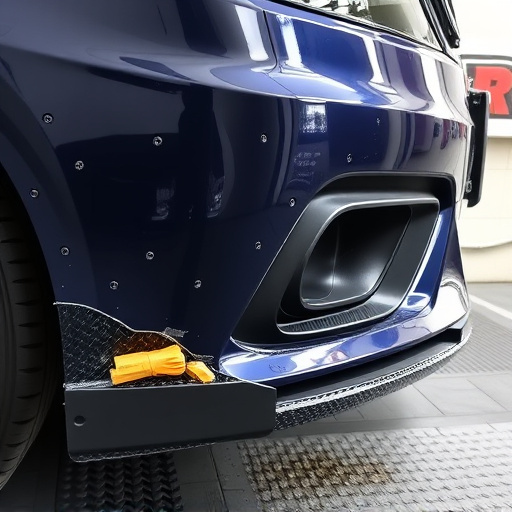
When it comes to repairing fiberglass panels, there’s a growing emphasis on using eco-friendly materials for both environmental and performance reasons. Traditional repair methods often rely on toxic chemicals and non-biodegradable compounds, which can have detrimental effects on both workers and the surrounding ecosystem. However, many modern innovations in the vehicle body shop and car restoration industries offer sustainable alternatives.
For instance, bio-based resins and fillers derived from renewable resources like plants are increasingly popular in car repair services. These materials not only reduce the carbon footprint of fiberglass panel repairs but also provide excellent strength-to-weight ratios, ensuring structural integrity without excessive environmental impact. Such eco-friendly practices contribute to a greener car restoration process, aligning with the global push for more sustainable manufacturing and transportation solutions.
Implementing Green Practices in On-Site Panel Restoration
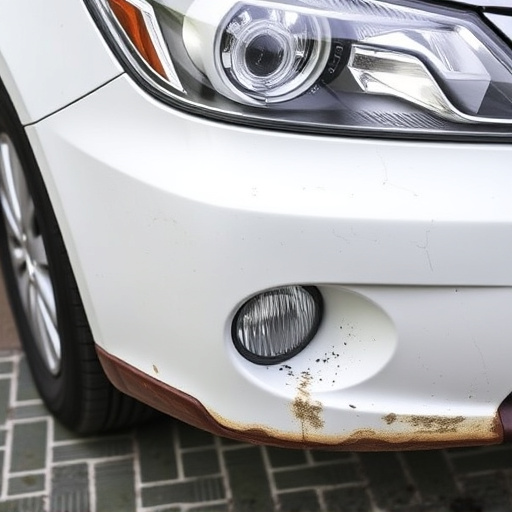
When it comes to on-site fiberglass panel restoration, adopting eco-friendly practices is both a responsible and innovative approach. The traditional methods used in car or vehicle restoration often involve hazardous materials and energy-intensive processes, contributing to environmental degradation. However, by integrating green initiatives, the industry can undergo a significant transformation. One of the key strategies is the utilization of sustainable materials and equipment. For instance, opting for biodegradable or recycled content in replacement panels reduces the carbon footprint associated with manufacturing.
Additionally, implementing energy-efficient techniques minimizes the overall environmental impact. This could include adopting solar power for on-site energy needs during restoration projects or choosing electric tools and vehicles to reduce emissions. Such practices not only contribute to a greener environment but also enhance the reputation of car repair services, appealing to environmentally conscious customers who prioritize eco-friendly fiberglass panel repair solutions.
In conclusion, adopting eco-friendly practices in fiberglass panel repair not only benefits the environment but also ensures durable and sustainable solutions. By understanding damage, utilizing green materials, and implementing on-site restoration techniques, professionals can minimize waste and reduce environmental impact. These methods empower us to responsibly address fiberglass panel repairs while preserving our planet’s resources for future generations.
